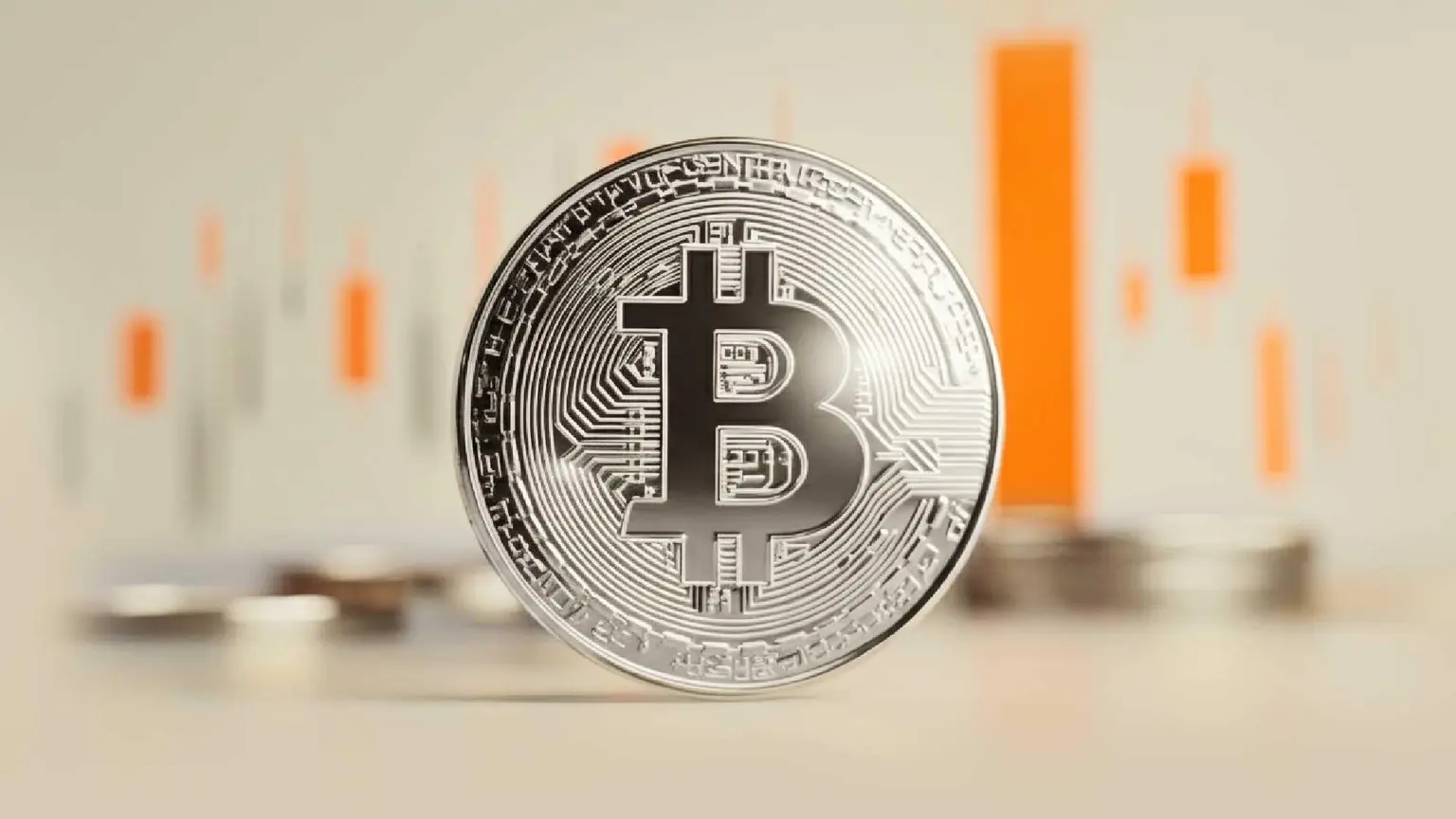New York financial regulator to set higher standards for token listing, delisting
- The New York Department of Financial Services is set to publish new guidance for crypto firms on Monday, according to a Wall Street Journal report.
- The financial regulator has asked virtual currency companies to upgrade to higher listing, delisting standards and protect user funds.
- The regulator proposed the new rules, which are open for comments until October 20, after identifying new risks.

New York’s State Department of Financial Services (NYDFS), the regulator responsible for financial services and products registered by firms within the state, is about to issue new guidance for crypto firms with the aim to improve transparency about the process of listing and delisting crypto assets.
According to a report from The Wall Street Journal, the regulator will require higher listing and delisting standards for tokens. It also urged virtual currency firms to submit new policies to improve transparency in the sector.
The move by the financial regulator is likely to benefit crypto traders and market participants as it could help prevent scams and the loss of user funds. Fraud during the process of listing or delisting crypto assets is common, and in cases such as the rug pull of the BALD token at the beginning of August have wiped out millions of dollars from traders.
Also read: Shiba Inu whales move 1.52 trillion SHIB overnight, meme coin gears for recovery
New York financial regulator asks crypto firms to submit listing, delisting policies
NYDFS seems to have taken note of the recent listing of tokens that ended up being rug pulls or scams. The regulator has therefore outlined its expectations from virtual currency firms and asked them to raise the standards for evaluation of tokens before listing them on their platform.
The guidance provided by the NYDFS will be the first compilation of standards for delisting of tokens. NYDFS Superintendent Adrienne Harris told the WSJ:
When we know that a coin that someone once thought was OK, when we see that new risks have emerged or the coin is being misused, we want our entities to have a way to delist the coin in a way that’s still protective of consumers and protects safety and soundness as well.
The regulator requires firms to take a three-pronged approach and submit drafts of listing policies based on governance, risk assessment and procedures used to monitor the token. Further, the virtual asset company needs to self-certify a listing once it meets the defined standards, and notify the NYDFS through a written notice.
The guidance applies to both listing and offering custody for a coin, and the regulator will compile a greenlist of assets approved for listing and delisting by firms.
The proposed legislation is open to the public for comments until October 20.
Cryptocurrency prices FAQs
How do new token launches or listings affect cryptocurrency prices?
Token launches like Arbitrum’s ARB airdrop and Optimism OP influence demand and adoption among market participants. Listings on crypto exchanges deepen the liquidity for an asset and add new participants to an asset’s network. This is typically bullish for a digital asset.
How do hacks affect cryptocurrency prices?
A hack is an event in which an attacker captures a large volume of the asset from a DeFi bridge or hot wallet of an exchange or any other crypto platform via exploits, bugs or other methods. The exploiter then transfers these tokens out of the exchange platforms to ultimately sell or swap the assets for other cryptocurrencies or stablecoins. Such events often involve an en masse panic triggering a sell-off in the affected assets.
How do macroeconomic releases and events affect cryptocurrency prices?
Macroeconomic events like the US Federal Reserve’s decision on interest rates influence risk assets like Bitcoin, mainly through the direct impact they have on the US Dollar. An increase in interest rate typically negatively influences Bitcoin and altcoin prices, and vice versa. If the US Dollar index declines, risk assets and associated leverage for trading gets cheaper, in turn driving crypto prices higher.
How do major crypto upgrades like halvings, hard forks affect cryptocurrency prices?
Halvings are typically considered bullish events as they slash the block reward in half for miners, constricting the supply of the asset. At consistent demand if the supply reduces, the asset’s price climbs. This has been observed in Bitcoin and Litecoin.
Like this article? Help us with some feedback by answering this survey:
Author

Ekta Mourya
FXStreet
Ekta Mourya has extensive experience in fundamental and on-chain analysis, particularly focused on impact of macroeconomics and central bank policies on cryptocurrencies.




